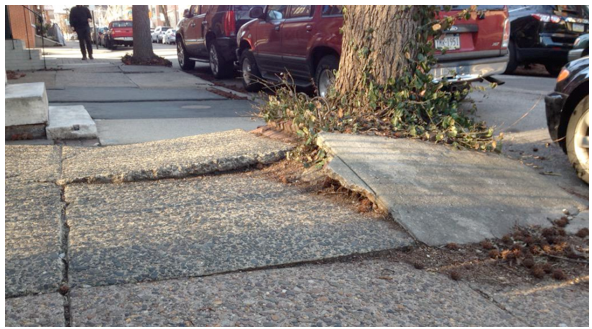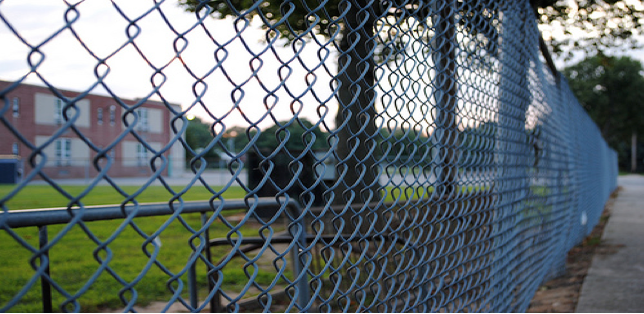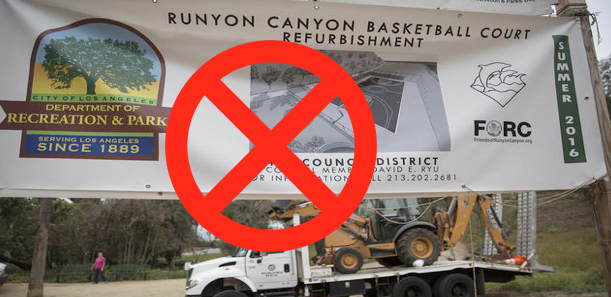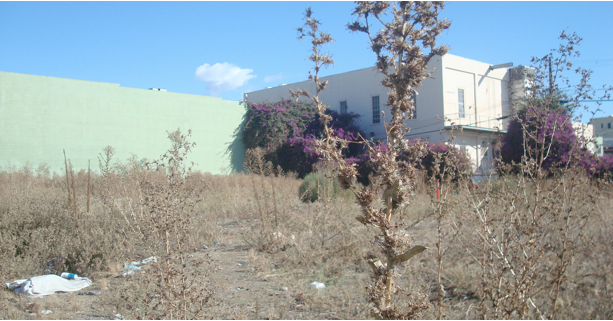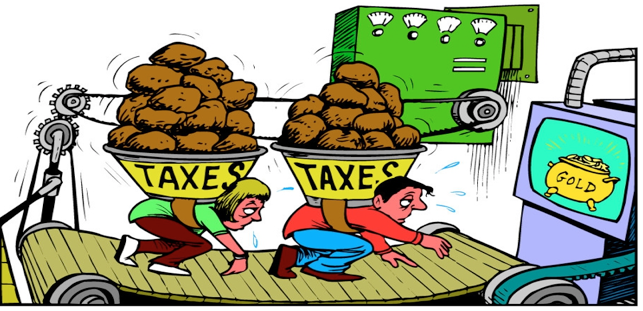TUESDAY PRIMARY--Bernie Sanders and his California supporters not only expect to win big in next Tuesday’s primary, but say Democrats will not pick their nominee until July’s national convention.
“It’s a floor fight in Philly,” said Galen Swain, a semi-retired engineer standing at street corner Santa Cruz on Tuesday hoisting a “Honk for Bernie” sign near a big hall where Sanders was to speak. “I’m absolutely certain we will close the gap on her [in Tuesday’s primary]… This is a gut check for Democrats. Do they want to run a candidate who has the FBI for a running mate?”
The feistiness of Swain’s comments were commonplace at Sanders’ rally in this mid-California coastal city with a large state university. While Swain’s swipe at Hillary Clinton was referring to her use of a personal server for e-mails while Secretary of State—which has led to an ongoing FBI investigation—his larger point was about the Democratic Party’s superdelegates, the office-holders and allies who account for 15 percent of the national convention delegates.
“We want to make the case to the Democrats that your superdelegates are going to have to make a decision,” Swain said, referring to the emerging fact that neither Clinton nor Sanders will cross the threshold needed for the nomination until the superdelegates vote. “You gotta choose right. Will you select a flawed candidate or a guy who’s been adding numbers to your party?”
That declaration was the latest to emerge in a campaign year where most precedents have been upended. On the Republican side, Donald Trump’s rise blindsided the GOP. On the Democratic side, Sanders’ rise and continued success has also upended the process, which his supporters now say is about to enter an uncharted phase: pressing superdelegates.
“The superdelegates have never before had to be the deciding vote,” said Bruce Jones, who will be a national convention delegate for Sanders from California’s 14th congressional district. “And at this point, what Bernie says is let’s go to the convention, and on the floor, and in front of all the Bernie delegates and Hillary delegates, let them make a principled decision.”
“One of the things that’s really upsetting is this thought that the media will call this election early before the superdelegates vote,” said Jones, who was giving away buttons, selling t-shirts and snapping pictures of backers next to a big Sanders cutout. “Bernie Sanders is, without a doubt, the most popular candidate in this election. The other two are the two most unpopular ever.”
Campaigning To Win
On Tuesday, Sanders only encouraged his supporters to join his revolutionary bandwagon. He went first to Santa Cruz, where it has been decades since a major presidential candidate held a rally and a local convention hall was packed hours before he appeared. A large crowd was herded to an overflow area where he briefly appeared on a stage and spoke before going inside.
“This campaign is asking you and every American to think outside the box—outside of the options that Congress and the media often give us,” Sanders said, then ticking off the issues that he’d address if elected president. Those included campaign finance reform, immigration reform and citizenship, Medicare-for-all national health care, free tuition at public colleges and universities, and an energy policy that addresses climate change and creates jobs.
“What this campaign is ultimately about is to revitalize American democracy,” Sanders said. “A poll came out the other day. The overwhelming majority of people in this country—Democrats, Republicans, Independents—are disgusted with the current political system. They feel helpless. They feel that their voices are not being heard. They feel that elected officials are listening to the needs of wealthy campaign contributors but not to the needs of ordinary Americans.”
“What this campaign is about is changing that dynamic,” he continued. “It is about creating a political revolution. And all of you are the political revolutionaries. And that means that we have all got to understand that democracy is not a spectator sport… That means the understanding that every person here is extraordinarily powerful if you choose to use your power. But if you moan and grown, and throw things at the TV, that ain’t going to make much difference.”
“Four-hundred and seventy-five delegates are up for grabs. And I want to see our campaign win the vast majority of those delegates,” he concluded. “So I would hope that on June 7th, we have the largest voter turnout of any Democratic primary in California history. If that happens we are going to win this thing, and we will win it big.”
Sanders then told everyone to vote next week and predicted he’d win if turnout was high. Inside the packed arena, he also repeated the contention that the superdelegates would have to pick their presidential nominee, because neither he nor Clinton would cross the party’s threshold to win the nomination based on the delegates awarded by primary voters and caucus participants. Superdelegates comprise 15 percent of the national convention’s attendees and are elected democrats, party officials and key allies.
“No candidate – not Hillary Clinton, not Bernie Sanders – will have received the number of pledged delegates… that he or she needs to become the Democratic nominee,” Sanders said inside the hall. “The message to the Democratic leadership is that if the Democratic Party is to be the party of working people and young people and the middle class, they’ve got to open up the doors.”
Breaking the Mold
The determination of Sanders’ team to carry the nominating fight past California is causing great consternation among Clinton’s team and superdelegates—whose loyalty also is to the Democratic Party and who have spent years working inside it.
“When you run using language like this is a revolution, you have to expect a few revolutionaries will show up,” said Deb Kozikowski, a superdelegate from Massachusetts and vice-chair of that state’s Democratic Party, reached by phone on Tuesday.
Kozikowski said that superdelegates and party officials like her were paying careful attention to what was going on with Sanders. She said that Sanders had to ask each state party to put him on the primary or caucus ballot, which they did after he pledged to not bolt and run as a third-party candidate, and also after pledging that he would support the eventual nominee.
The thinking in Democratic Party circles at that time was that perhaps Sanders would get four or five percent of the delegates, she said, and his eventual embrace of the nominee would help contribute to a winning margin in November. Nobody, she said, foresaw his popularity, his message’s power, nor how angry the electorate has become. “Nobody ever figured he was good for more than 4 to 5 percent, but he’s at 40 to 45 percent [of the delegates].”
Despite upending expectations, Kozikowski said that “automatic delegates [superdelegates] have never swung a nomination away from the individual who gets the most pledged delegates” in the primaries and caucuses. “The automatic delegates are in the same position they have always been — to give their nomination to the person who gets the most delegates.”
Why California Now Matters
Sanders is not just campaigning hard to win California, but to try to change the party’s nominating process. And he might win the Golden State, as polls last week put him two percentage points behind Clinton and attendance at his rallies—many thousands at a time— have consistently outdrawn Clinton’s events. New Jersey, the second most delegate-rich state to vote next Tuesday, is solidly behind Clinton, according to polls giving her a double-digit lead.
Where this goes is anybody’s guess. Should Sanders lose California where 475 pledged delegates are at stake, Kozikowski hopes he would start speaking to his supporters about the need to back Clinton and work inside the party. Making that transition takes time, she said, but depending on how the state votes, Kozikowski hoped that Sanders would shift toward that conversation.
“I’ve been trying to be circumspect in my remarks to give people enough opportunity to ease into what’s happening,” she said. “Until it happens, you cannot take it away from people who are in it [backing a candidate like Sanders] from a pure heart standpoint—They really are. They really believe this is their one chance to make America something they can really feel good about.”
Kozikowski, who is 61, said she hoped that his supporters and delegates would come to see that change is possible and laudable if it comes in smaller increments than Sanders seeks—which, obviously, is what she sees in Hillary Clinton.
But Sanders supporters on Tuesday said almost the opposite—that more sweeping change is what is needed now, and that the Democratic Party should welcome the energy and vision of their candidate and his messengers.
“We aren’t going there [to Philadelphia] to be window dressing at the convention,” said Sanders national convention delegate Jones. “We aren’t going there to hold up signs and show unity… We are going there because we are principled and as long as Bernie is running in the race, he’s our candidate.”
And when asked about a Clinton-Sanders ticket, he lit up and replied that she’d make a good vice-president.
(Steven Rosenfeld writes for AlterNet. This piece was posted most recently at TruthDig.)
-cw

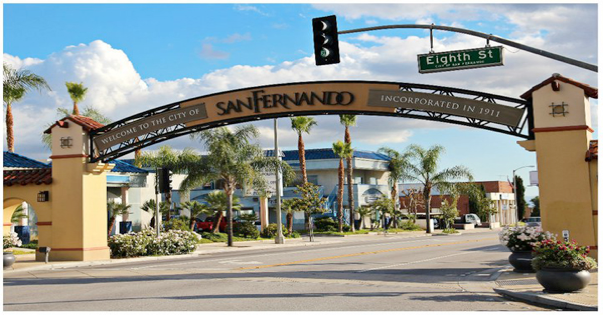
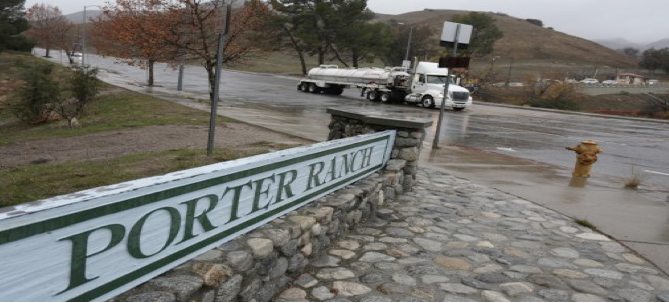

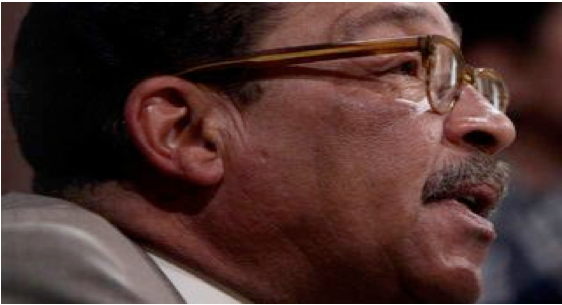
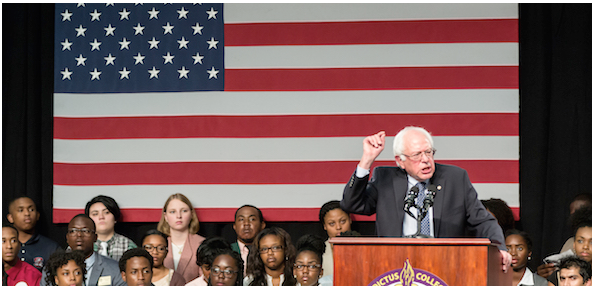
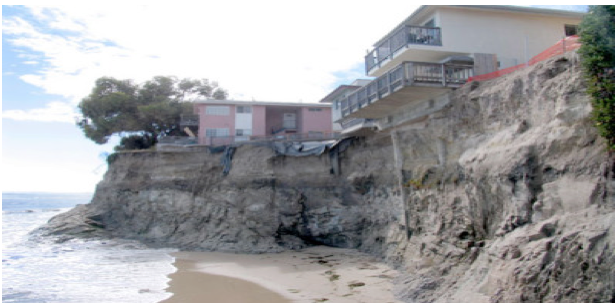
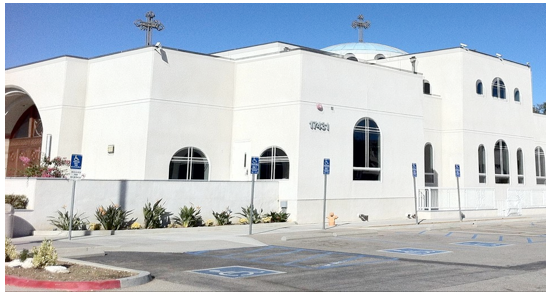
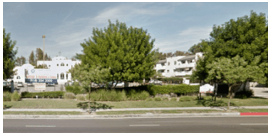 When the church had filed permits to expand the school and build two additional three-story senior apartment building, Valerie and her neighbors gathered 650 signatures forcing the hand of the city, which sent a zoning administrator from Valencia to the zoning meeting. Valerie says the zoning administrator put the brakes on the proposals until the church brought back “up to date” plans. (Expansion plan photo right.)
When the church had filed permits to expand the school and build two additional three-story senior apartment building, Valerie and her neighbors gathered 650 signatures forcing the hand of the city, which sent a zoning administrator from Valencia to the zoning meeting. Valerie says the zoning administrator put the brakes on the proposals until the church brought back “up to date” plans. (Expansion plan photo right.) 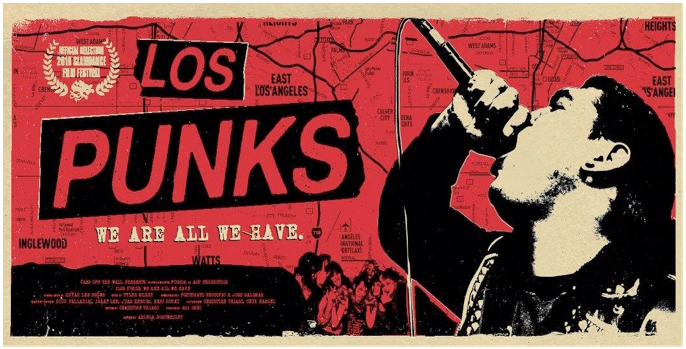

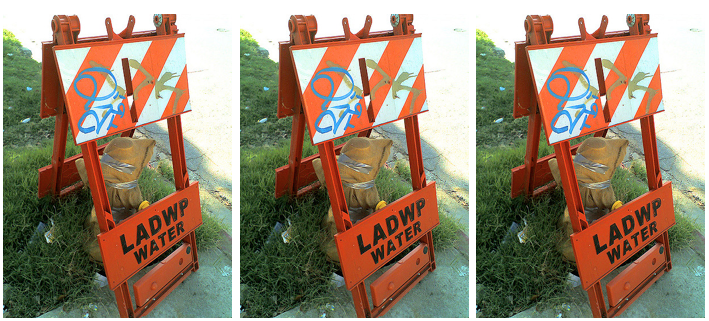
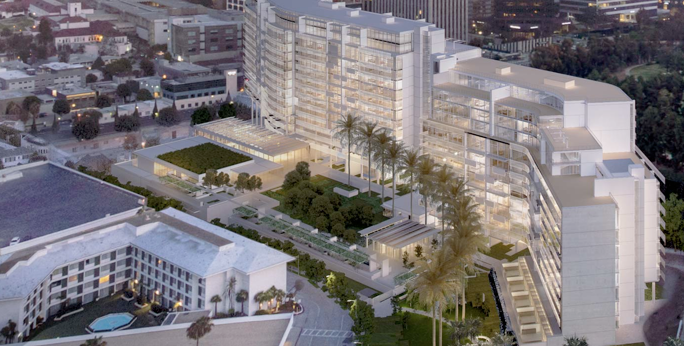
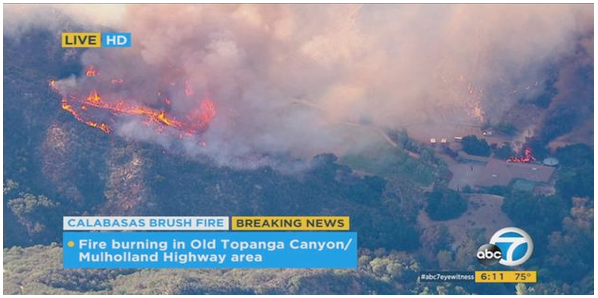
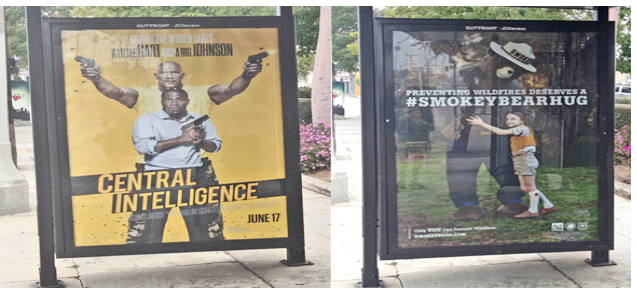
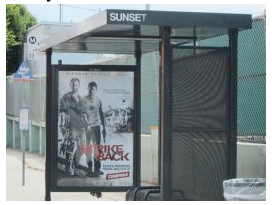 Ads for movies and TV shows with the firing or brandishing of guns are a staple of street furniture and billboard advertising, and often show up near schools, playgrounds, and other places where young people congregate. A few years ago, one showing a sniper firing a rifle appeared on a billboard directly across the street from a Westchester elementary school, and another depicting an actor waving a gun was placed in a bus shelter in front of Venice High School, just steps from where a student was shot and killed the year before.
Ads for movies and TV shows with the firing or brandishing of guns are a staple of street furniture and billboard advertising, and often show up near schools, playgrounds, and other places where young people congregate. A few years ago, one showing a sniper firing a rifle appeared on a billboard directly across the street from a Westchester elementary school, and another depicting an actor waving a gun was placed in a bus shelter in front of Venice High School, just steps from where a student was shot and killed the year before.